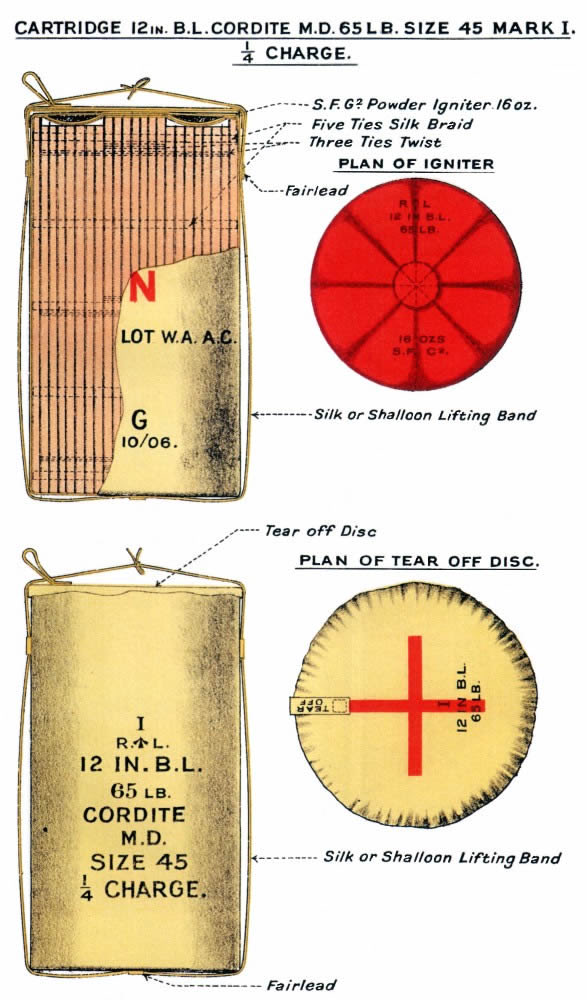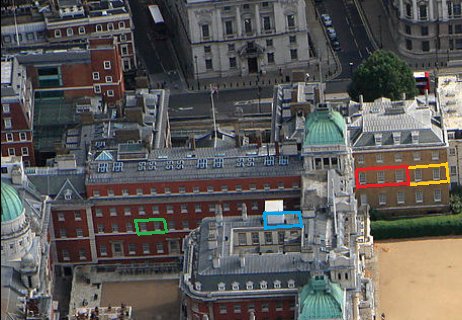
Naval historian. Motorbikes sales. Retired hygiene operative and parliamentary intern. The Royal Navy 1854-1919 is my area of expertise. Also at @navyhistorian.
How to get URL link on X (Twitter) App


 The principal propellant, Cordite M.D., consisted of cords which where bundled together (shown in 📽 IWM 580) and covered in a silk bag. At one end was a gunpowder igniter in a wool bag. The whole was called a cartridge, and was meant to burn up in the breech of the gun. 2/
The principal propellant, Cordite M.D., consisted of cords which where bundled together (shown in 📽 IWM 580) and covered in a silk bag. At one end was a gunpowder igniter in a wool bag. The whole was called a cartridge, and was meant to burn up in the breech of the gun. 2/

 The propellant was called cordite for obvious reasons. Cords were bundled together in a silk bag and called a cartridge. At ONE end was a gunpowder igniter covered by a protective tear off disc. Four cartridges were required for each shell. 2/
The propellant was called cordite for obvious reasons. Cords were bundled together in a silk bag and called a cartridge. At ONE end was a gunpowder igniter covered by a protective tear off disc. Four cartridges were required for each shell. 2/ 
https://twitter.com/rmhistsociety/status/1399267253548429312Campbell writes that the order to flood came from the Captain via the Transmitting Station (the fire control room below decks) and was sent by a Stoker after the order had been double checked. 2/

